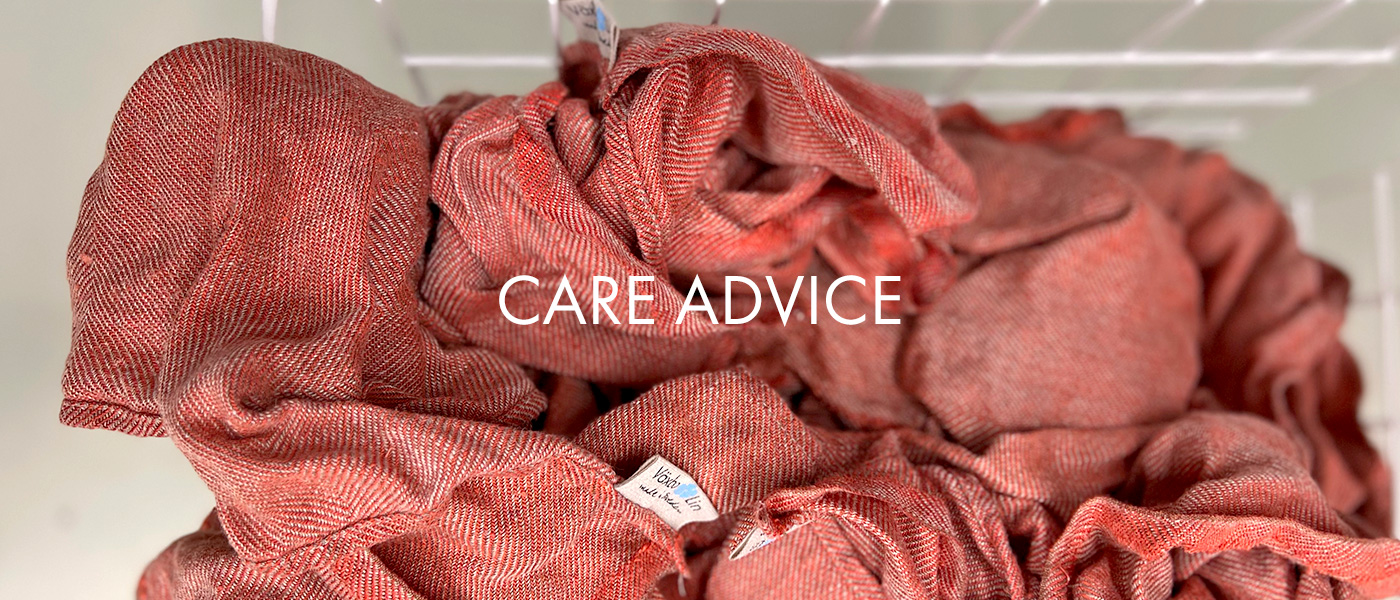Did you know this about flax and linen?
The oldest findings of linen fabric date back to Egypt and have been dated to around 5000 BC!
In Sweden, linen was vital until cotton was introduced and took over in the 1950s. Today, Flax fiber is important again as it has many environmental and sustainable advantages compared to other textiles.
Why is linen so good?
Flax is a sturdy plant that grows quickly. It can thrive in nutrient-poor soils and is cultivated in countries with fairly rainy and cool climates, which means Flax usually doesn't require artificial irrigation. Flax is rarely prone to pests, which means it requires less fertilizers and pesticides than, for example, cotton.
1 kg of Flax = 1 liter of water
1 kg of cotton = 10,000 liters of water
Flax and linen - what's the difference?
Linen is the fabric made from the plant fibers of the flax plant. The former is the product, and the latter is the raw material. To add a little confusion, other textiles, such as bedding, are also sometimes called linen (even if they are not made of linen). But when we talk about linen, we mean fabric made of Flax.
Flax is one of the strongest plant fibers available. This makes our linen products durable, long-lasting, and can be used for a long time. Well-cared-for linen can last a long time and be inherited and used for generations.
Moths, silverfish, and other pests dislike linen, which makes storing the fabric in closets easier for longer periods.
Isn't it fantastic?
The fantastic quality of linen, combined with our commitment to a vibrant countryside, have led us to specialize in manufacturing all our products in 100% linen. We warp, weave, inspect, and sew all our linen products in our factory in Hälsingland.
We hope you want to be part of making a choice for the future - fewer but better things! Our contribution is everyday items in pure linen!
